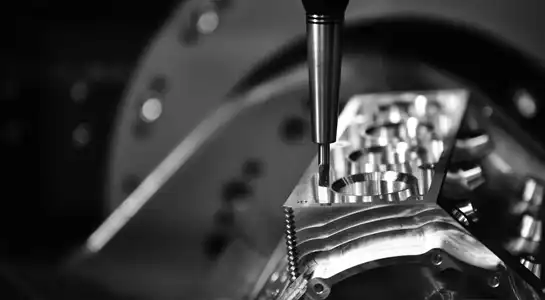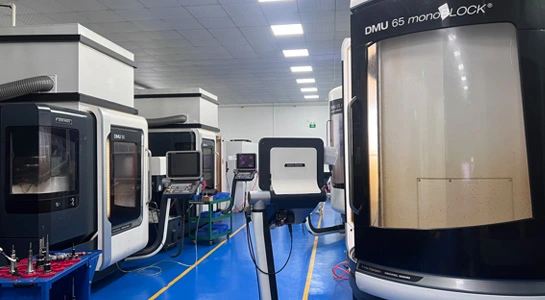Technological Advancements Shaping CNC Prototyping
Integration of Artificial Intelligence and Machine Learning
The incorporation of artificial intelligence (AI) and machine learning (ML) into CNC prototyping systems is set to revolutionize the industry. These technologies will enable machines to learn from past projects, optimize toolpaths, and predict potential issues before they occur. AI-powered CNC machines will be capable of self-adjusting parameters in real-time, ensuring optimal performance and reducing waste. This level of intelligence will lead to faster production times, improved accuracy, and the ability to handle increasingly complex designs with minimal human intervention.
Advanced Robotics and Automation
The future of CNC prototyping will see a significant increase in automation through advanced robotics. Collaborative robots, or cobots, will work alongside human operators, handling tasks such as material loading, part removal, and quality inspections. These robotic systems will be equipped with advanced sensors and vision systems, allowing them to adapt to different prototyping scenarios and ensure consistent quality. The integration of robotics will not only boost productivity but also enhance workplace safety by taking on potentially hazardous tasks.
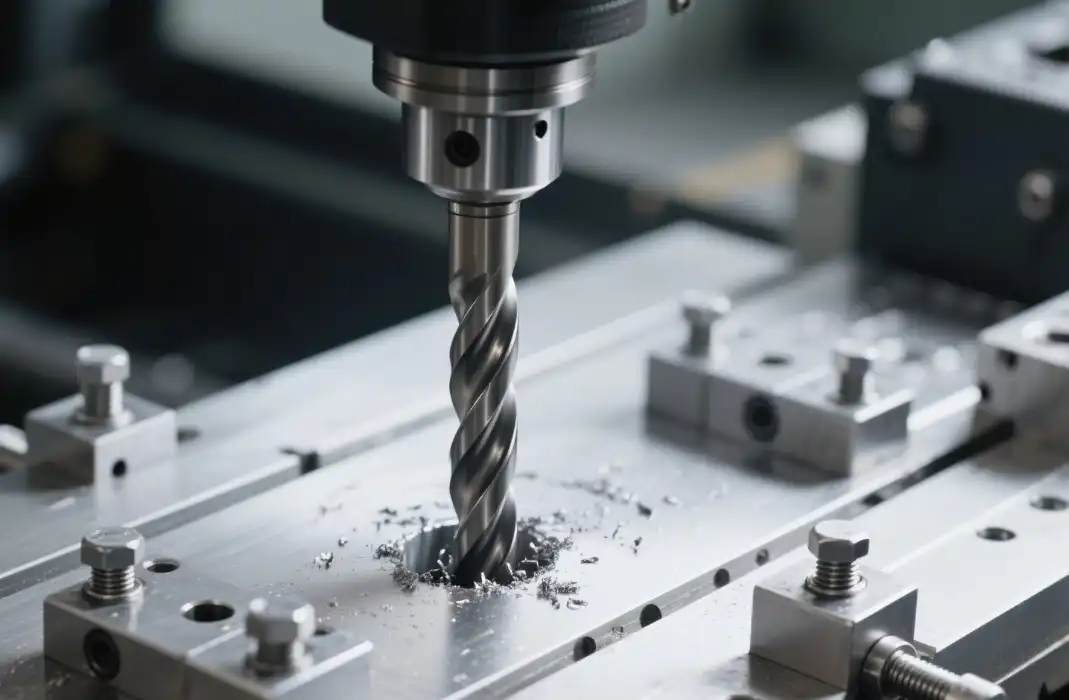
5-Axis and Multi-Axis Machining
As prototyping demands become more sophisticated, 5-axis and multi-axis CNC machines will become increasingly prevalent. These advanced systems allow for the creation of complex geometries and intricate details in a single setup, reducing production time and improving accuracy. The ability to machine from multiple angles simultaneously will open up new possibilities in design and enable the production of parts that were previously impossible or impractical to manufacture. This technology will be particularly valuable in industries such as aerospace and medical device manufacturing, where precision and complexity are paramount.
Materials and Sustainability in Future CNC Prototyping
Advanced Materials and Composites
The future of CNC prototyping will see a shift towards more advanced materials and composites. High-performance alloys, ceramics, and engineered plastics will become more common in prototyping applications. These materials offer superior properties such as increased strength-to-weight ratios, heat resistance, and durability. Additionally, the development of hybrid materials that combine the benefits of multiple material types will enable the creation of prototypes with unique characteristics tailored to specific applications.
Eco-Friendly and Sustainable Practices
Sustainability will play a crucial role in shaping the future of CNC prototyping. There will be a growing emphasis on using recyclable and biodegradable materials in the prototyping process. CNC machines will become more energy-efficient, with improved power management systems and regenerative braking technologies. Manufacturers will also focus on minimizing waste through optimized toolpaths and advanced simulation software that reduces the need for physical prototypes. These eco-friendly practices will not only benefit the environment but also lead to cost savings and improved resource utilization.
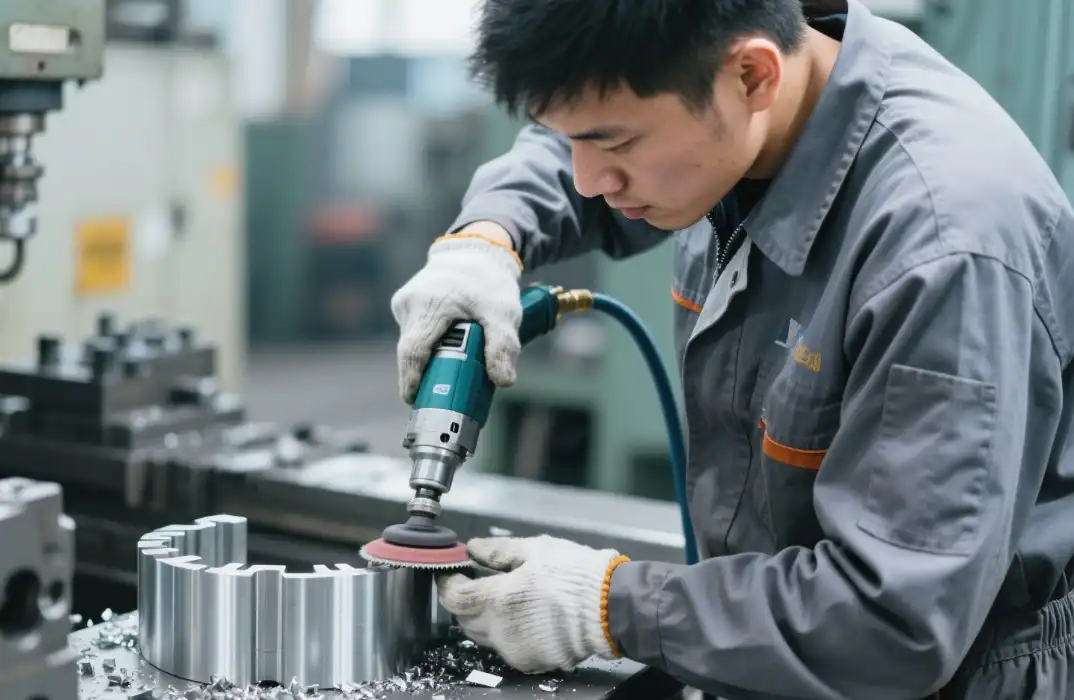
Additive-Subtractive Hybrid Manufacturing
The integration of additive manufacturing (3D printing) with traditional CNC machining will create new possibilities in prototyping. Hybrid systems that combine both technologies will allow for the creation of complex parts with features that would be difficult or impossible to achieve with either method alone. This approach will enable the production of prototypes with optimized internal structures, conformal cooling channels, and integrated functionality. The synergy between additive and subtractive manufacturing will lead to faster prototyping cycles and more innovative designs.
Digital Integration and Connectivity in CNC Prototyping
Cloud-Based Collaboration and Data Analytics
The future of CNC prototyping will be characterized by increased connectivity and cloud-based collaboration. Design teams, engineers, and manufacturers will be able to work together seamlessly across different locations, sharing data and making real-time adjustments to prototypes. Cloud-based platforms will facilitate the storage and analysis of vast amounts of production data, enabling predictive maintenance, process optimization, and continuous improvement. This digital integration will lead to faster iteration cycles and more efficient product development processes.
Digital Twins and Virtual Prototyping
Digital twin technology will play a significant role in the future of CNC prototyping. By creating virtual representations of physical prototypes, engineers can simulate and test designs in various scenarios before committing to physical production. This approach will reduce the need for multiple physical prototypes, saving time and resources. Digital twins will also enable real-time monitoring of CNC machines, allowing for predictive maintenance and optimized performance. The combination of virtual and physical prototyping will lead to more refined designs and faster time-to-market for new products.
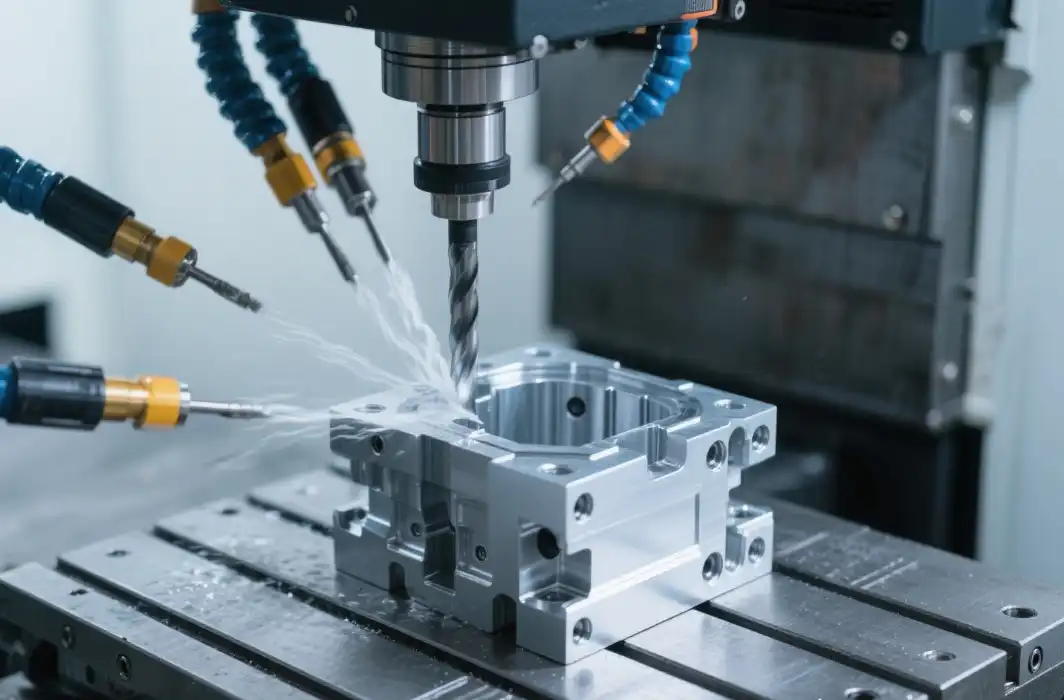
Internet of Things (IoT) Integration
The integration of IoT technology into CNC prototyping systems will create a more connected and intelligent manufacturing environment. Sensors embedded in CNC machines will collect data on various parameters such as temperature, vibration, and tool wear. This information will be used to optimize machine performance, predict maintenance needs, and ensure consistent quality across prototypes. IoT-enabled CNC systems will also facilitate better inventory management and supply chain integration, streamlining the entire prototyping process from design to production.
Conclusion
The future of CNC prototyping is bright and full of exciting possibilities. As technologies continue to advance, we can expect to see more intelligent, efficient, and sustainable prototyping processes. The integration of AI, advanced robotics, and innovative materials will push the boundaries of what's possible in prototype design and manufacturing. With increased digital connectivity and collaboration, the prototyping industry will become more agile and responsive to changing market demands. These developments will not only benefit manufacturers but also drive innovation across various sectors, leading to better products and solutions for consumers worldwide.
FAQs
How will AI impact CNC prototyping?
AI will enhance CNC prototyping by optimizing toolpaths, predicting issues, and enabling self-adjusting parameters for improved efficiency and accuracy.
What role will sustainability play in future CNC prototyping?
Sustainability will be crucial, with a focus on eco-friendly materials, energy-efficient machines, and waste reduction techniques.
How will digital integration change CNC prototyping?
Digital integration will enable cloud-based collaboration, digital twins for virtual testing, and IoT connectivity for optimized performance and maintenance.
Experience the Future of CNC Prototyping with BOEN
At BOEN Prototype, we're at the forefront of CNC prototyping innovation. As a leading manufacturer and supplier in the industry, we offer cutting-edge solutions for your prototyping needs. Our state-of-the-art factory combines advanced CNC technology with expert craftsmanship to deliver high-quality prototypes across various materials. Experience the future of prototyping with BOEN. Contact us at contact@boenrapid.com to learn how we can bring your designs to life.
References
Johnson, A. (2023). "The Evolution of CNC Prototyping: From Past to Future". Advanced Manufacturing Quarterly.
Smith, B. et al. (2022). "Artificial Intelligence in CNC Machining: A Comprehensive Review". Journal of Intelligent Manufacturing.
Lee, C. (2023). "Sustainable Practices in Modern Prototyping". Green Technology Review.
Martinez, D. and Wong, F. (2022). "Digital Twins in Manufacturing: Applications and Future Prospects". IEEE Transactions on Industrial Informatics.
Thompson, R. (2023). "Advanced Materials in CNC Prototyping: Opportunities and Challenges". Materials Science and Engineering Reports.
Anderson, K. (2022). "The Impact of IoT on CNC Machining and Prototyping". Internet of Things Journal.



